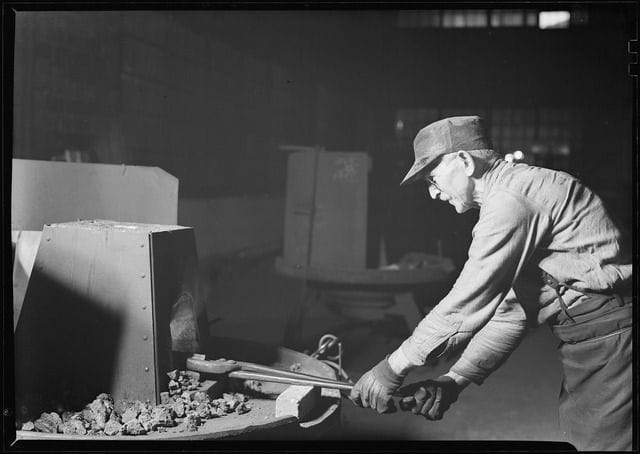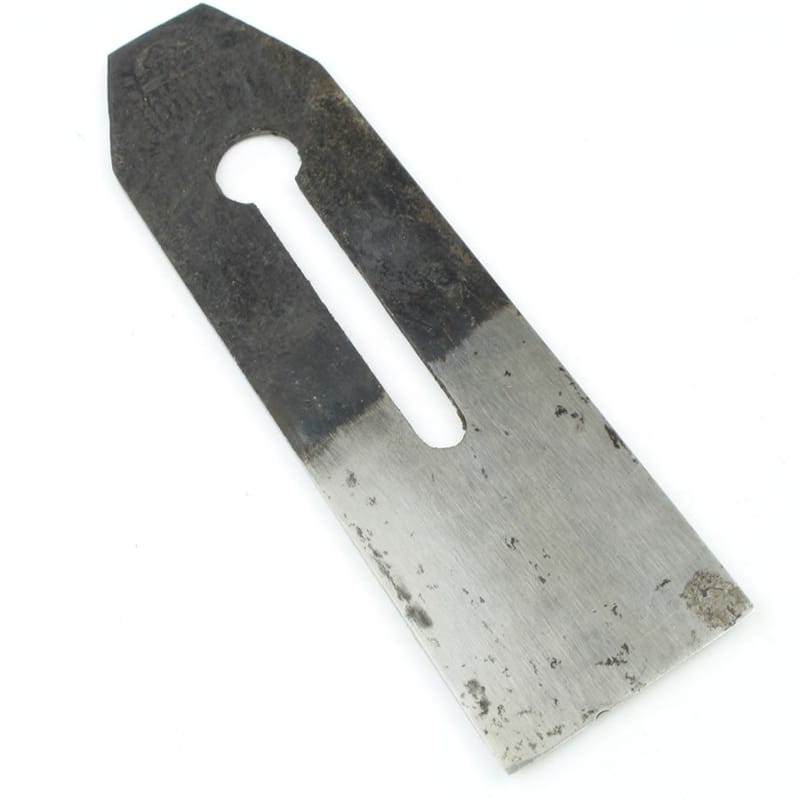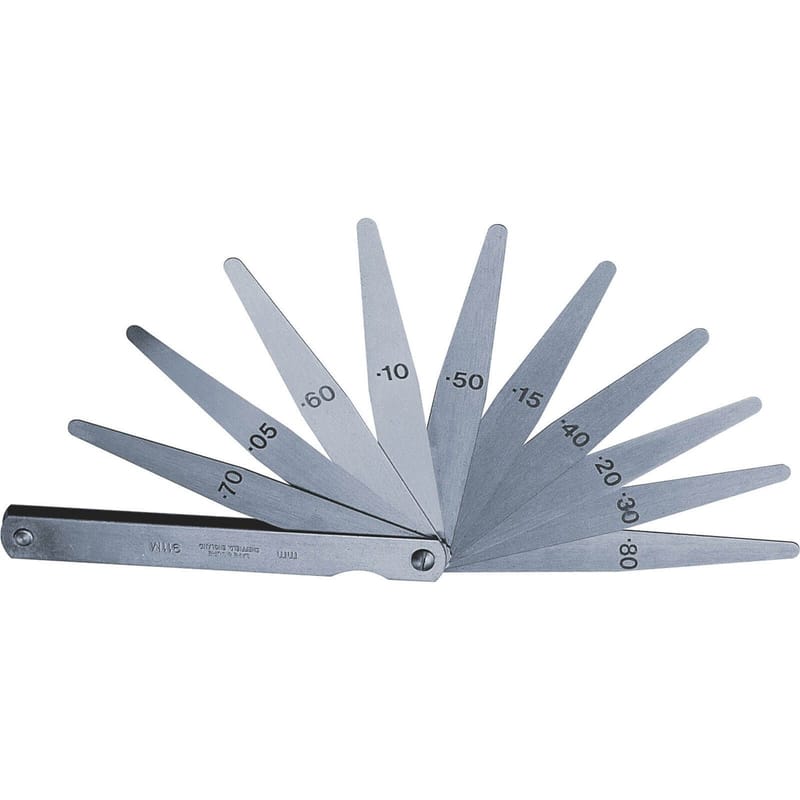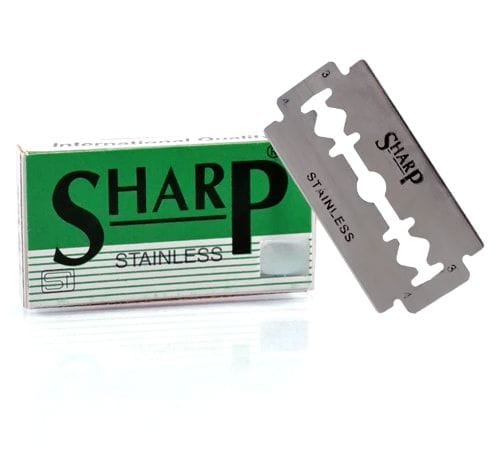
Washita oilstones are used by woodworkers around the world and they all come from a small area east of Hot Springs in Arkansas, USA.
Origins
Washita, and the closely related Arkansas stone, are both forms of a rock geologists call Novaculite. As this research shows, Novaculite was used by Indians to make tools long before...
Washita oilstones are used by woodworkers around the world and they all come from a small area east of Hot Springs in Arkansas, USA.
Origins...
sharpening

If you pick up a wooden bench plane from the the last century (there are lots of them about still!) the chances are it will have a ‘laminated’ cutting iron (we are going to touch on some basic metallurgy with many mentions of iron in this post, so I will refer to them as ‘blades’...
If you pick up a wooden bench plane from the the last century (there are lots of them about still!) the chances are it will...
bench planes

Makers of edge tools, including plane blades, need to be concerned about several different properties of steel.
Steel Properties
Toughness: This is the ability of the steel to deform without breaking, cracking or chipping. Materials that lack toughness are said to be brittle. Note that sharpening angles have an effect here – the narrower the angle...
Makers of edge tools, including plane blades, need to be concerned about several different properties of steel.
Steel Properties
Toughness: This is the ability of...
bench planes

From the time Leonard Bailey introduced metal planes in the 1860s until quite recently they were supplied with thin irons. On paper this is a good thing: thin irons are an improvement on thick ones in as far as they are cheaper to make – since they use less material – and are easier to sharpen because...
From the time Leonard Bailey introduced metal planes in the 1860s until quite recently they were supplied with thin irons. On paper this is a...
bench planes

Although this article is about blades used in wooden planes there is an interesting parallel between the blade choices available to wooden plane users at the start of the 20th century and the choices facing metal plane users at the start of the 21st who must choose between thick vs thin irons.
Old wooden planes...
Although this article is about blades used in wooden planes there is an interesting parallel between the blade choices available to wooden plane users at...
bench planes

Once you’ve ground the blade to to about the right angle then you need to hone it in order to create a keen edge. The experience of generations of craftsman has shown that grinding the blade at 25° and honing a few degrees steeper – around 30° – is a good practical approach for many woodworking...
Once you’ve ground the blade to to about the right angle then you need to hone it in order to create a keen edge....
bench planes

Once you have established the rough shape of the bevel the next step, referred to as honing or whetting, involves rubbing the iron against progressively finer abrasives until you are satisfied with the sharpness of the edge.
There are a couple of basic principles involved in how bench planes cut:
* The steeper the pitch of...
Once you have established the rough shape of the bevel the next step, referred to as honing or whetting, involves rubbing the iron against progressively...
bench planes

Traditional Methods
The traditional method for grinding a bevel on edge tools uses a mechanical grinder. This is the method typically described in historical woodworking books that explain the the methods of craftsman making furniture and joinery for a living.
Here are some extracts from the literature published in the 18th, 19th and 20th century...
Traditional Methods
The traditional method for grinding a bevel on edge tools uses a mechanical grinder. This is the method typically described in historical woodworking...
bench planes

Sharpening! A quick trawl of the internet reveals a bewildering array of opinions on this topic, and if you look a bit further afield you will find entire books covering the same. But don't be deterred: the basics can be understood and learned with a relatively modest investment in time and do not...
Sharpening! A quick trawl of the internet reveals a bewildering array of opinions on this topic, and if you look a bit further afield you...
bench planes

If you buy a new plane from Lie Neilsen, Veritas or some other high-end maker then you can rest assured it has been manufactured to very high tolerances and therefore won’t need any work (and if it isn’t you can always return it and ask for a replacement). However, in the event you...
If you buy a new plane from Lie Neilsen, Veritas or some other high-end maker then you can rest assured it has been manufactured to...
bench planes

Given the main purpose of bench planes is to smooth and flatten wood it is unsurprising that the sole of the plane should be flat, but views differ on exactly how flat it needs to make them work optimally.
Flatness standards
To understand why flatness is important we can consider the mechanics of the plane:...
Given the main purpose of bench planes is to smooth and flatten wood it is unsurprising that the sole of the plane should be flat,...
bench planes

The cap iron is the part of a bench plane that is held on top of the cutting iron with a shallow bolt. These two parts are then secured to the frog by pressure from the lever cap.
In old books, planes with this arrangement are often referred to as double irons for reasons that...
The cap iron is the part of a bench plane that is held on top of the cutting iron with a shallow bolt. These two...
bench planes

Here is what I learned about setting up and sharpening bench planes.
If you participate in any woodworking internet forums at some point you will stumble upon a debate about the best way set them up and sharpen the blade for use.
Sadly these debates are often marred by ill humour and repetitive argument.
There...
Here is what I learned about setting up and sharpening bench planes.
If you participate in any woodworking internet forums at some point you will...
bench planes

This post describes how to refurbish a bench plane.
To show what can be done with even the most unpromising looking specimen, here is the worst example I purchased:
…it was made at some point between WWII and the mid-1950s and, as you can see from the photo of it dismantled, it has been painted...
This post describes how to refurbish a bench plane.
To show what can be done with even the most unpromising looking specimen, here is the...
bench planes

The plan was to acquire hand tools as I needed them and since I had to remove about 5 mm from the top of my bench vice jaws which, per the instructions from the vice manufacturer, I had left slightly proud of the top so they could be planed flush after installation, the starting point...
The plan was to acquire hand tools as I needed them and since I had to remove about 5 mm from the top of my...
bench planes
















